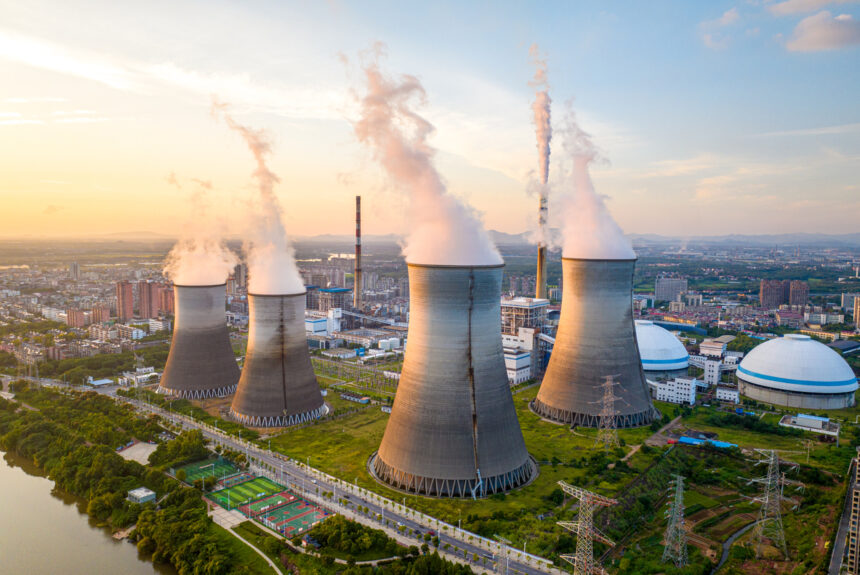A U.S.-led coalition of more than 20 countries signed an agreement pledging to triple global nuclear energy capacity by 2050 at this year’s 28th United Nations Climate Change Conference (also known as COP28) in Dubai.
“Nuclear power that adheres to the highest standards of safety, sustainability, security, and non-proliferation has a key role to play in keeping 1.5 C within reach,” U.S. Special Presidential Envoy for Climate John Kerry tweeted on Dec. 2.
The Declaration to Triple Nuclear Energy acknowledges the pivotal importance of nuclear power in achieving global net-zero greenhouse gas emissions and limiting global warming to benchmarks set by the 2015 Paris climate agreement. The declaration is also groundbreaking in that it encourages shareholders of the World Bank, international financial institutions, and regional development banks to include nuclear energy in their lending policies.
>>>READ: COP28 Must Focus on Lowering Costs and Expanding Energy Access
The World Bank has only ever supported one nuclear power project since its inception when it made a loan equivalent to $40 million for the construction of an atomic power plant in Italy in 1959. Since then, the Bank has not financed or sponsored any other projects in the field.
Signatory states to the landmark agreement include Canada, Finland, France, Japan, Sweden, and the U.K. Canada is the world’s second largest producer of uranium after Kazakhstan, while approximately 70% of France’s electricity mix stems from nuclear––the greatest share of any country worldwide. Japan, which had established a moratorium on nuclear energy after the Fukushima accident in 2011, is also a signatory and has recently become open to increasing nuclear capacity within its borders again.
Globally, demand for nuclear power is expected to grow from 423.19 gigawatts in 2022 to 498.41 gigawatts by 2032, according to data from Precedence Research. A total of 52 countries are poised to become markets for advanced nuclear power in the lead-up to 2050. In 2022, global nuclear power capacity grew 40% over the year, driven mostly by advances in China, Korea, Finland, and Pakistan, according to the IEA World Energy Outlook for 2023.
>>>READ: House Energy and Commerce Moves to Unleash Nuclear Power
As of November 2023, there are about 440 nuclear power reactors operating in 32 countries plus Taiwan (the United States leads the way with 93 reactors). Nuclear power now accounts for about one-tenth of the world’s electricity. In advanced economies, that figure rises to 20%. This trend is expected to continue as demand for a clean and dispatchable energy source capable of complementing the intermittent nature of renewables rises.
The United States is the global leader in nuclear power, possessing the highest nuclear power capacity and generating more nuclear electricity than any other country. About one-fifth of the country’s annual electricity needs are met by nuclear.
The Nuclear Energy Declaration is a major step in helping countries meet their climate goals and represents the most ambitious international commitment to nuclear energy to date.
Nathalie Voit is a freelance content creator and a graduate of the University of Florida. She is an alumni of The Heritage Foundation’s Young Leaders Program.
The views and opinions expressed are those of the author’s and do not necessarily reflect the official policy or position of C3.
